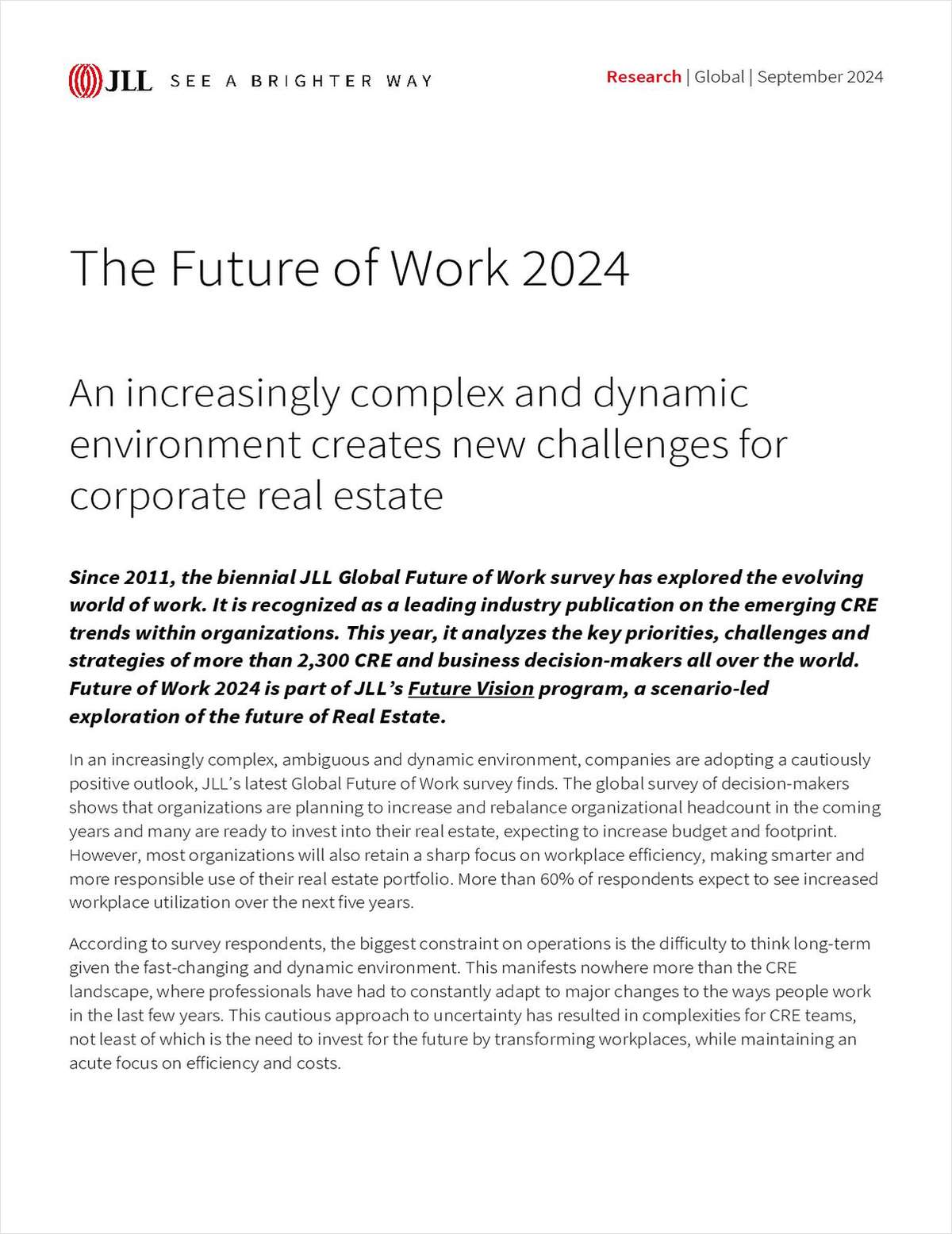Report author Josh Gelormini, vice president of research for Jones Lang's capital markets team, predicts volume will continue to be much lower into 2009. Though he notes potential for some acceleration in second half of the year, he says it won't be sufficient to return transaction volume to previous levels. Furthermore, he says preliminary data suggests the drop-off in deal volume will be more severe in Q2 than in Q1, as the US and European economies worsen and Asian markets begin to suffer from the credit crunch and global repricing of risk.

Earl Webb, the firm's CEO of capital markets, attributes the decline partly to a pricing correction stemming from certain effects of the credit crunch, including tighter lending standards, a substantially smaller and more narrowly focused conduit lending market and sharply higher spreads. As a result, he says, leveraged buyers must contend with a higher cost of capital, limiting how much they can pay for an asset. He says most sellers, on the other hand, are reluctant to market properties at present because they had set their sights on the hefty sale prices obtained at the peak of the real estate cycle.
Gelormini projects buyers and sellers will begin to see eye-to-eye on prices either later this year or in early '09. But he notes sellers will likely have to give the most ground for this to happen. "Although there will be movement on both parties, I think it will lean in the direction of sellers," he observes. The reason, he continues, is that the increase in short-term borrowing in recent years, often with interest-only periods, means a growing number of refinancings is in store. But with today's lean credit environment making it more difficult to refinance, many owners will have no choice but to sell, even at a less than optimal price.
According to the report, some investment groups are building funds to buy distressed properties and debt in anticipation. While Gelormini sees few owners in trouble at this point, he believes the coming 12 to 18 months will tell a different story. Despite any turmoil that may occur, he believes the end result will be a restoration of investor confidence.
"[F]undamentals are still sturdy for most property types," he points out. "Large pools of institutional and foreign equity are being raised and will need to be placed over the coming years, thus providing a pricing floor and rebounding demand by 2009."
The report indicates global sales volumes have also declined but by a more modest amount than in the US. Based on statistics from New York City-based Real Capital Analytics, worldwide transactions for Q1 totaled $154 billion, down 46% from the $283 billion recorded a year earlier.
Want to continue reading?
Become a Free ALM Digital Reader.
Once you are an ALM Digital Member, you’ll receive:
- Breaking commercial real estate news and analysis, on-site and via our newsletters and custom alerts
- Educational webcasts, white papers, and ebooks from industry thought leaders
- Critical coverage of the property casualty insurance and financial advisory markets on our other ALM sites, PropertyCasualty360 and ThinkAdvisor
Already have an account? Sign In Now
*May exclude premium content© 2024 ALM Global, LLC, All Rights Reserved. Request academic re-use from www.copyright.com. All other uses, submit a request to [email protected]. For more information visit Asset & Logo Licensing.








